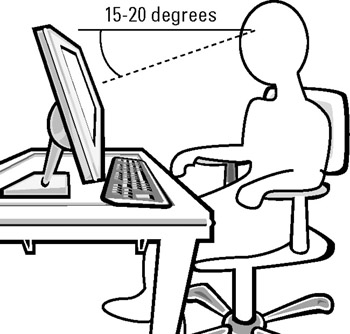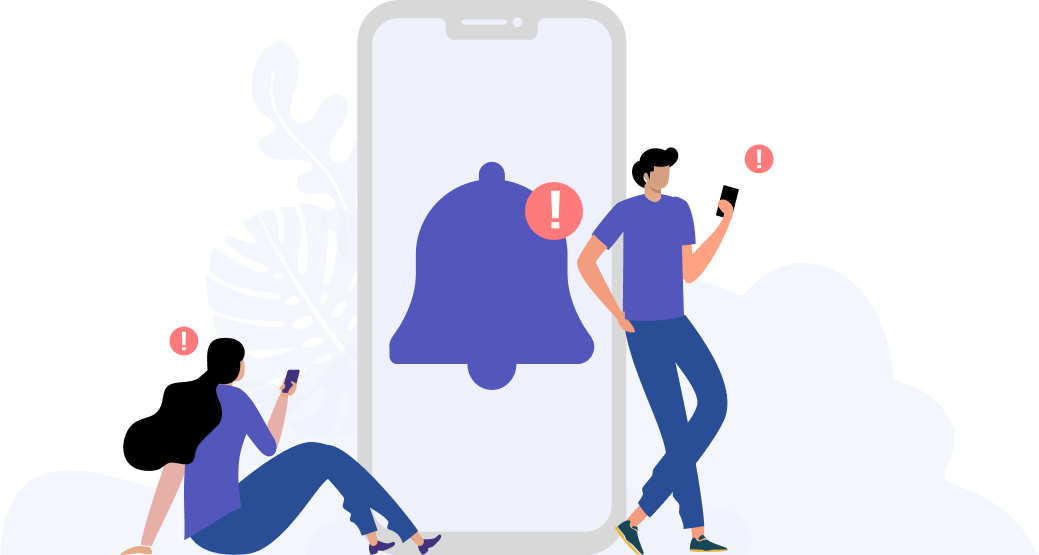The risk factors of eye strain and what you can do about it_SB_JF
Parenting 101: The risk factors of eye strain and what you can do about it
If you have ever caught your child incessantly rubbing their eyes until they have turned an alarming shade of pink, you are not alone. Eye strain is very common and is particularly tough on our children’s still-developing eyes. On top of headaches and eye irritation, it may cause other symptoms including pain, dryness, burning, redness, sensitivity to light, and a loss of the eye’s ability to focus correctly, resulting in blurred vision.
In this digital age, one of the primary causes of eye strain in children is their bright, flickering smartphone and tablet screens which are often held for far too long and too close to our little ones’ delicate eyes. What is it about their screens that causes your children to experience eye strain and how can you address it once and for all?
The problem: Incorrect screen location
The next time your child uses their mobile devices, look at how they are holding them. Are they lying down on their bed with their screens far too close to their eyes?
When your child positions his/her screen higher than their eye level, it results in a larger opening of their eyelids, and thus greater eye surface exposure. This increases the amount of tear evaporation and increases their susceptibility to developing dry eye and eye strain.
The solution: Adequate face-to-screen distance and proper screen positioning are key.

How close is too close? It is recommended that smart devices are held at least 30cm away from the face. Positioning screens 15-20 degrees below eye level is also recommended.
The problem: Excessive screen time
If left alone, our children could go for hours on their smartphones and tablets, scrolling through their endless feeds without any breaks. We know that this is bad for the eyes, but why exactly is this so?
Research shows that three hours or longer of screen time per day is linked to an increase in the likelihood of developing dry eye in children, one of the symptoms of eye strain, by more than 13 times! Reasons for this are complex but include reduced and incomplete blinking while staring at screens.
The solution: Taking regular breaks in between periods of screen exposure is crucial. The American Optometric Association recommends taking a 15-minute break after 2 hours of device use.
The problem: Prolonged blue light exposure
The increased exposure our children get to blue light from their screens also contributes to eye strain. When blue light enters their eyes, it scatters and makes the eye work harder to maintain focus. The increased effort could possibly contribute to eye fatigue and eventually eye strain.
The consequences of prolonged blue light exposure don’t just stop at digital eye strain. Blue light also impacts the quality of sleep. It suppresses the production of melatonin, the hormone produced by the brain that helps induce sleep. Just think about all the times your child has woken up grumpy, tired, and temperamental. A phone-before-bedtime routine could be causing poor nights’ sleep and the resulting grogginess the next day!
Even worse, research suggests that the lack of quality sleep causes your child’s blink rate to slow down. When this happens, it decreases tear production and further increases tear evaporation – drying out the eyes even more and causing yet more eye strain!
The solution: Since it takes about 2 hours for blue light exposure to suppress melatonin production, set a digital curfew on all electronics 1 – 2 hours before bedtime. This effectively allows the body’s natural production of melatonin to kick in.
If you still experience eye strain after addressing all of the above problems and implementing the solutions, you should consult a trained eye professional. Frequent or long-lasting eye strain could be indicative of something more serious so make sure to get it checked out.
Tools Designed for Healthier Eyes
Explore our specifically designed products and services backed by eye health professionals to help keep your children safe online and their eyes healthy.





